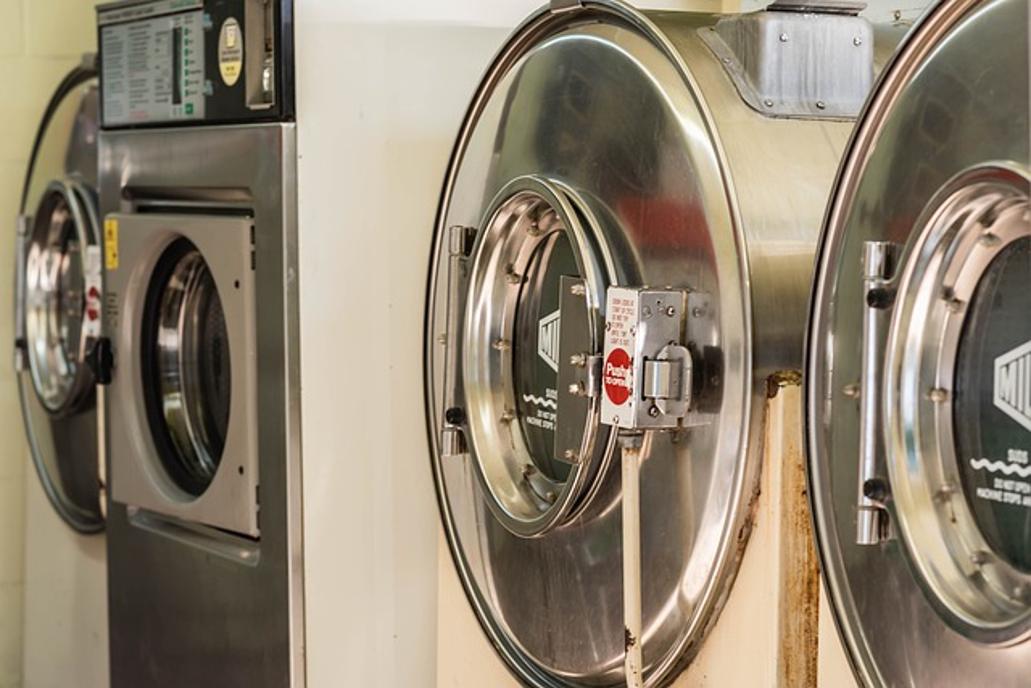Why Does My Clothes Dryer Squeak?
Introduction
A squeaky clothes dryer is more than just a nuisance—it could be a sign of an underlying issue that might lead to more significant problems if left unaddressed. Understanding the reasons behind the squeaking can save you time, money, and a massive headache. In this article, we dive deep into the common causes of a squeaky dryer, how to diagnose the issue, and step-by-step fixes. We’ll also provide some handy preventative maintenance tips to keep your dryer running smoothly and discuss when it’s best to call a professional.

Common Causes of a Squeaky Dryer
A squeaky dryer can often be traced back to several key components. Identifying the root of the problem is the first step in resolving it. Here are the most common causes:
-
Worn Drum Bearings: The drum bearings help keep the dryer drum rotating smoothly. Over time, these bearings can wear out, causing a squeaking sound as the drum turns. This is a frequent issue, especially in older dryers.
-
Damaged Drum Support Rollers: Drum support rollers ensure the drum spins freely. If they become damaged or accumulate debris and lint build-up, they start to produce a squeaking or thumping noise.
-
Frayed or Broken Drive Belt: The drive belt connects the dryer motor to the drum. When the belt is frayed or broken, it can create a squeaking noise. This is because the belt slips or loses its tension and rubs against other parts.
-
Faulty Idler Pulley: The idler pulley maintains the drive belt’s tension. A worn-out or damaged idler pulley can cause a squeaking noise due to increased friction.
-
Loose Motor Mounts: Motor mounts hold the dryer motor in place. If these mounts become loose, they can cause not only squeaking but also vibration and noise during the dryer’s operation.
By understanding these common causes, homeowners can take the necessary steps to diagnose and rectify the issue, ensuring their dryer operates smoothly.

Diagnosing the Issue
Once you’ve identified the potential causes, the next step is to diagnose which specific component is causing the noise. Here’s how you can diagnose the problem:
-
Listen Carefully: Start the dryer and listen closely. Note when the squeaking occurs. Is it constant or intermittent? Does it happen when the drum starts, during the cycle, or at the end?
-
Inspect the Drum Bearings: Open the dryer and manually rotate the drum. If you hear squeaking or feel resistance, the bearings may be worn out.
-
Examine the Drum Support Rollers: Disconnect the dryer and remove the drum. Check the drum support rollers for wear and tear or debris build-up.
-
Check the Drive Belt: Inspect the drive belt for any signs of fraying, stretching, or breaking. A visual examination might reveal the problem.
-
Test the Idler Pulley: Manually move the idler pulley to check for smooth operation. Look for any signs of wear or damage.
-
Verify Motor Mounts: Ensure that the motor mounts are securely holding the motor in place. Look for any loose screws or shifted mounts.
By following these steps, you can pinpoint the exact issue causing the squeak and proceed with the appropriate fix.

Step-by-Step Fixes for Each Issue
Once you’ve diagnosed the problem, it’s time to fix it. Below are the step-by-step methods for each issue:
Replacing Drum Bearings
- Disconnect the dryer from the power source.
- Remove the top and front panels of the dryer.
- Take out the drum.
- Locate the drum bearings and remove them.
- Install new bearings and reassemble the dryer.
Repairing or Replacing Drum Support Rollers
- Unplug the dryer.
- Remove the drum as described above.
- Inspect the rollers and remove any damaged ones.
- Install new rollers and ensure they are spinning freely.
- Reassemble the dryer.
Changing the Drive Belt
- Disconnect the dryer from the power supply.
- Remove the dryer panels and drum.
- Carefully take off the old drive belt and install the new one.
- Ensure the belt is properly aligned and reattach the drum and panels.
Fixing the Idler Pulley
- Unplug the dryer.
- Remove the drum to access the idler pulley.
- Inspect the pulley for wear and replace it if necessary.
- Reassemble the dryer and test the pulley’s smooth operation.
Adjusting Motor Mounts
- Disconnect the dryer from the power source.
- Open the dryer cabinet and locate the motor.
- Tighten any loose motor mounts or screws.
- Reassemble the dryer and ensure the motor is securely in place.
Following these steps can help resolve the squeaking issue and restore your dryer to its optimal functioning.
Preventative Maintenance Tips
Preventing a squeaky dryer is better than fixing one. Here are some preventative maintenance tips to keep your dryer in good shape:
-
Regular Cleaning: Clean the lint filter and exhaust vent after every cycle to prevent lint build-up, which can cause wear and tear on various components.
-
Inspect Components: Regularly check the drum bearings, support rollers, and drive belt for signs of wear. Replace them as needed.
-
Lubrication: Lubricate the idler pulley and other moving parts periodically to reduce friction and prevent squeaking.
-
Balanced Loads: Ensure loads are evenly distributed to avoid excessive strain on the drum and drive belt.
By following these tips, you can extend your dryer’s lifespan and avoid frequent repairs.
When to Call a Professional
While many dryer issues can be resolved with some DIY effort, certain situations require professional intervention. You should call a professional if:
-
Complex Issues: If the problem persists after troubleshooting and attempting fixes, it may be more complex than anticipated.
-
Electrical Work: Any issue involving the dryer’s electrical components should be handled by a professional to avoid safety hazards.
-
Lack of Time or Tools: If you lack the necessary tools or don’t have the time to fix the dryer yourself, a professional can save you stress and ensure the job is done correctly.
Calling a professional ensures that your dryer is repaired safely and efficiently.
Conclusion
A squeaky dryer can be a nuisance, but determining the cause and addressing it can restore your appliance to its quiet, efficient operation. By understanding the common causes, diagnosing the issue accurately, and following the step-by-step fixes, you can often resolve the problem yourself. Additionally, regular preventative maintenance can help avoid future issues. However, don’t hesitate to call a professional when necessary to ensure the longevity and performance of your dryer.
Frequently Asked Questions
How often should I maintain my dryer to prevent squeaking?
Regular maintenance every six months can help prevent squeaking and other issues. Clean the lint filter and exhaust vent after every use.
Can I fix a squeaky dryer myself, or do I need a professional?
Many issues can be fixed with DIY methods if you follow the correct steps. However, for complex problems or electrical issues, calling a professional is recommended.
What happens if I ignore a squeaky dryer?
Ignoring a squeaky dryer can lead to further damage, higher repair costs, and potentially create a fire hazard if the issue is related to lint build-up or an electrical fault.
